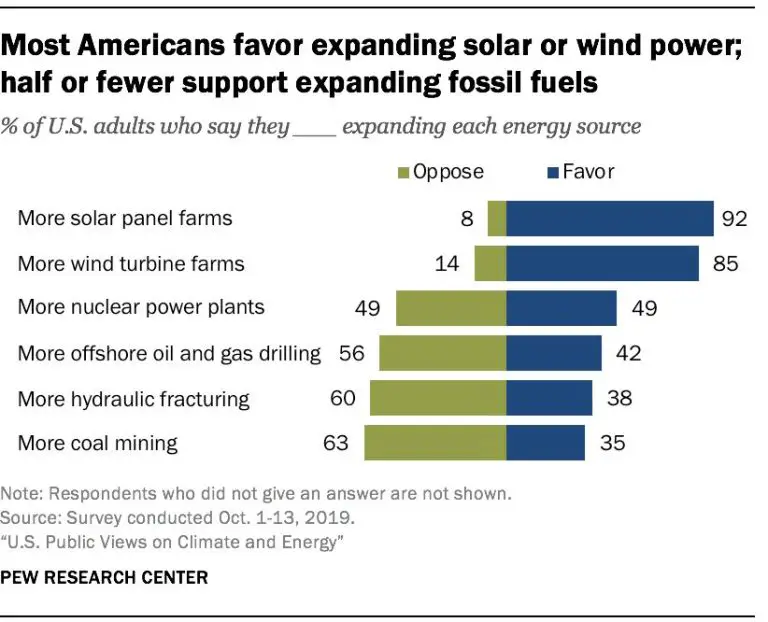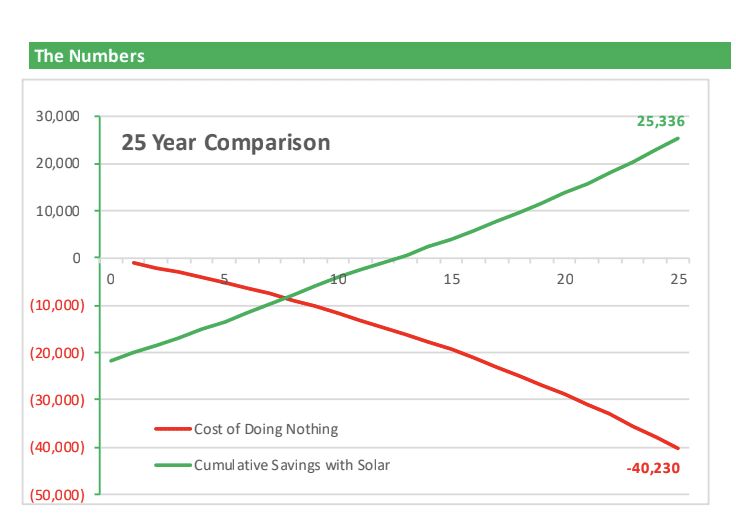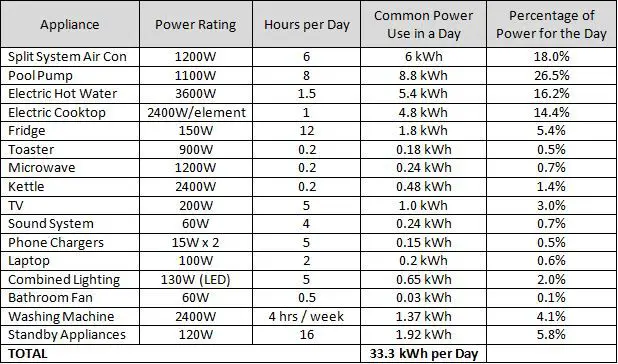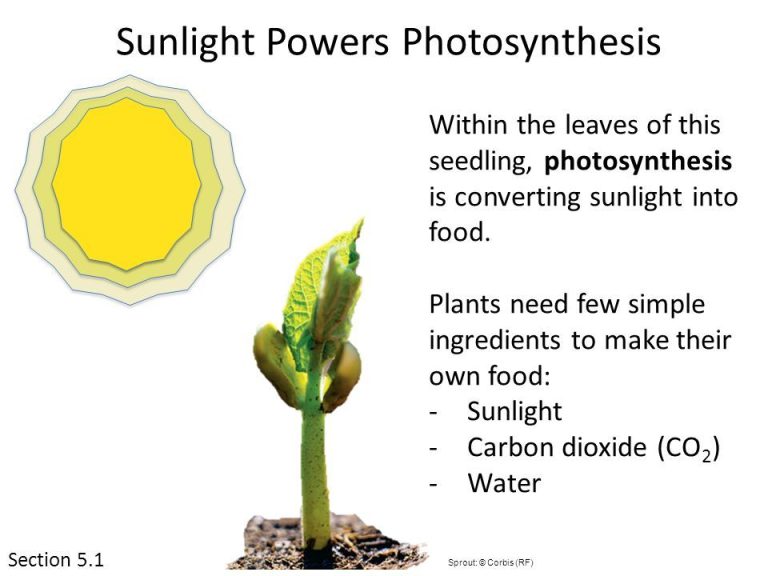What Happens During Photosynthesis That Is A Chemical Change?
Overview of Photosynthesis
Photosynthesis is the process plants and algae use to convert sunlight into chemical energy they can use. This chemical process takes place in plant cells, specifically in the chloroplasts. During photosynthesis, plants and algae absorb carbon dioxide (CO2) and water (H2O) from the environment. Using the energy from sunlight, the chloroplasts split the water into hydrogen and oxygen. The hydrogen joins with the carbon from carbon dioxide to create energy-rich glucose molecules. In this process, oxygen is released as a byproduct and emitted into the atmosphere.
So in summary, photosynthesis takes in carbon dioxide and water and uses sunlight to convert those into organic compounds like glucose as well as releasing oxygen. This provides plants and algae with the energy-rich glucose molecules they need for growth and maintenance.
Light-Dependent Reactions
The light-dependent reactions occur in the thylakoid membranes within the chloroplasts of plant cells. This is where chlorophyll and other photosynthetic pigments are located. When light energy strikes these pigments, it energizes electrons from water (H2O) molecules. The energized electrons are passed along the electron transport chain, which powers the production of the energy carriers ATP and NADPH. The light energy is initially absorbed and funneled to a reaction center. Here, it energizes electrons which are then passed from one carrier molecule to the next in the electron transport chain. The energy released as the electrons move down this transport chain is used to pump hydrogen ions (H+) across the thylakoid membrane into the inner lumen. This creates a gradient that powers an enzyme called ATP synthase to combine ADP and phosphate into ATP. Meanwhile, the electron transport chain also reduces NADP+ into NADPH. Therefore, the light-dependent reactions harness light energy to produce chemical energy carriers that will be used in the next phase of photosynthesis.
Light-Independent Reactions
The light-independent reactions, also called the Calvin cycle, take place in the stroma of the chloroplasts after the energy from sunlight has been captured and converted into chemical energy stored in ATP and NADPH through the light-dependent reactions. The Calvin cycle uses the energy carried by ATP and NADPH to power the fixation of carbon from atmospheric CO2 into organic molecules, specifically a 3-carbon sugar called glyceraldehyde-3-phosphate (G3P).
Through a series of chemical reactions, the Calvin cycle is able to convert 3 CO2 molecules and 3 molecules of the 5-carbon sugar ribulose bisphosphate (RuBP) into 6 molecules of G3P, using 6 molecules of ATP and 6 molecules of NADPH from the light reactions. One of the G3P molecules exits the cycle to be converted into glucose and other carbohydrates needed by the plant, while the remaining 5 G3P molecules are used to regenerate RuBP so that the cycle can continue. This process allows plants to use the sun’s energy to build high-energy carbohydrates like glucose from simple raw materials like CO2 and H2O.
Splitting of Water
One of the most important chemical changes that occurs during photosynthesis is the splitting of water molecules into oxygen, protons, and electrons. This process is called photolysis and it takes place in the thylakoid membrane of the chloroplasts during the light-dependent reactions.
Photolysis requires input of light energy, which is absorbed by chlorophyll and other photosynthetic pigments. This energy causes the water molecules to split into their components: oxygen gas (O2), hydrogen ions (H+ protons), and electrons (e-).
The oxygen gas is released as a waste product and bubbles out of the leaf into the atmosphere. This is how plants generate nearly all of the oxygen in Earth’s atmosphere. The protons and electrons, meanwhile, are used in subsequent stages of photosynthesis to ultimately generate energy carriers like ATP and NADPH.
Because the water molecules are split into their constituent atoms, this is considered a chemical change. The water is not created or destroyed, but rearranged at the molecular level into new substances. This chemical change powers the rest of the photosynthetic process.
Fixing of Carbon Dioxide
A key chemical change that occurs during photosynthesis is the fixing of carbon dioxide. Inside the chloroplast, the carbon dioxide is bonded to a 5-carbon sugar molecule called ribulose bisphosphate (RuBP). An enzyme called RuBP carboxylase oxygenase (rubisco) catalyzes this bonding, attaching one carbon dioxide molecule to one RuBP molecule to create an intermediate 6-carbon molecule.
This 6-carbon molecule is highly unstable, so it immediately splits into two 3-carbon molecules called 3-phosphoglycerate (3-PGA). More carbon dioxide is fixed by repeating this process, with the rubisco enzyme attaching it to more RuBP molecules. After 3-PGA is produced six times through these reactions, the six 3-carbon molecules are rearranged and condensed into one 6-carbon glucose molecule.
The chemical structure of the carbon dioxide is altered through these reactions, as it goes from an individual CO2 molecule into larger sugar molecules. This changing of the carbon dioxide’s chemical bonds and composition represents a chemical change occurring during photosynthesis.
Generation of Oxygen
One of the most important chemical changes that occurs during photosynthesis is the generation of oxygen (O2) as a byproduct of the splitting of water (H2O) molecules. This takes place during the light-dependent reactions of photosynthesis.
Inside the chloroplasts of plant cells, the water molecules are split using energy from sunlight. This process is called photolysis. The water molecules are split into hydrogen ions (H+), electrons (e-), and oxygen gas (O2). The oxygen is released as a waste product.
Specifically, for every two water molecules that are split, two oxygen molecules are produced. The chemical reaction looks like this:
2H2O + Light energy -> 4H+ + 4e- + O2
This release of oxygen as a byproduct of photosynthesis is hugely important for life on Earth. The oxygen generated helps create the atmosphere that most organisms depend on for respiration. Without photosynthesis continually producing oxygen, there would be no oxygen to breathe.
So in summary, the generation of oxygen gas during the splitting of water molecules in photosynthesis is a key chemical change, demonstrating that new chemical products are formed through this process.
Production of ATP
One of the key chemical changes that occurs during photosynthesis is the production of adenosine triphosphate (ATP), the main energy carrier molecule in cells. This process takes place in the thylakoid membrane inside the chloroplasts and relies on the electrochemical gradient that was established during the light reactions.
The enzyme ATP synthase acts as a tiny motor that uses the flow of hydrogen ions (H+) down their concentration gradient to drive the synthesis of ATP from adenosine diphosphate (ADP) and inorganic phosphate (Pi). This process results in a chemical change as the new high-energy bonds are formed between the phosphate groups as ATP is produced from ADP.
Specifically, ATP synthase facilitates the addition of a third phosphate group to ADP to form the three-phosphate ATP molecule. This phosphorylation of ADP represents a key chemical change in photosynthesis, as the relatively simple structure of ADP is transformed into the higher-energy ATP compound. The energy from the electrochemical gradient is used to power this endergonic reaction.
In summary, the production of ATP during the light-independent reactions of photosynthesis relies on the gradient established during the light reactions to drive a chemical change that synthesizes high-energy ATP from lower-energy ADP. This energization and restructuring of ADP is critical for providing the cell with the means to power other metabolic processes.
Reduction of NADP
One of the key chemical changes that occurs during the light-independent reactions of photosynthesis is the reduction of NADP+ to NADPH. NADP+ is the oxidized form of the electron carrier molecule NADPH. In its oxidized state, NADP+ lacks electrons. During the light-independent reactions, NADP+ gains electrons and is reduced to NADPH, the reduced form of the molecule.
The reduction of NADP+ occurs when electrons from the electron transport chain are transferred to NADP+. This donation of electrons reduces NADP+ by altering its chemical structure and converting it to NADPH. Specifically, two electrons and one proton are added to NADP+ to generate NADPH. This conversion from NADP+ to NADPH represents a key chemical change in photosynthesis.
The newly formed NADPH provides the chemical energy that will be used to fix carbon dioxide and produce glucose in the next steps of the Calvin cycle. Without the reduction of NADP+ to NADPH, the light-independent reactions could not take place. So in summary, the reduction of NADP+ is a critical chemical change that powers the reactions that follow.
Creation of Glucose
One of the most important chemical changes that occurs during photosynthesis is the creation of glucose from carbon dioxide. Through the Calvin cycle, carbon dioxide molecules are “fixed,” meaning they are incorporated into organic molecules. Specifically, carbon dioxide is combined with the 5-carbon sugar RuBP to create two 3-carbon PGA molecules. These PGA molecules are then converted into the 6-carbon sugar glucose through a series of reactions.
The creation of the glucose molecule represents a major chemical change, as the linear carbon dioxide molecules are restructured into the 6-membered ring structure of glucose. The carbon atoms from CO2 are chemically bonded into this new configuration, creating an entirely different molecular structure. This transformation could not happen without the energy originally absorbed from sunlight, which powers the enzyme reactions needed to assemble glucose. Overall, the production of glucose from CO2 is one of the most important chemical changes in photosynthesis, as this organic molecule can be used by the plant for energy and growth.
Summary
During photosynthesis, plants and other organisms convert light energy into chemical energy that can be used for fuel. There are several key chemical changes that take place in this process:
Water Splitting: Light energy is used to split water molecules into hydrogen and oxygen. This releases electrons that can be used in other reactions.
Carbon Fixation: Carbon dioxide from the atmosphere is “fixed” by being combined with hydrogen to create energy-rich organic molecules like glucose.
Oxygen Generation: The oxygen atoms from water molecules are released as oxygen gas, which is critical for aerobic respiration.
ATP Production: As electrons move through the electron transport chain, energy is used to produce ATP, the main energy currency of cells.
NADPH Production: Electrons are also used to reduce NADP+ into NADPH, another energy carrier molecule.
Glucose Creation: The end result is the production of glucose and other carbohydrates that store the energy absorbed from sunlight.
In summary, photosynthesis involves major chemical changes like water splitting, carbon dioxide fixation, and oxygen generation to produce high-energy molecules like ATP, NADPH, and glucose.





